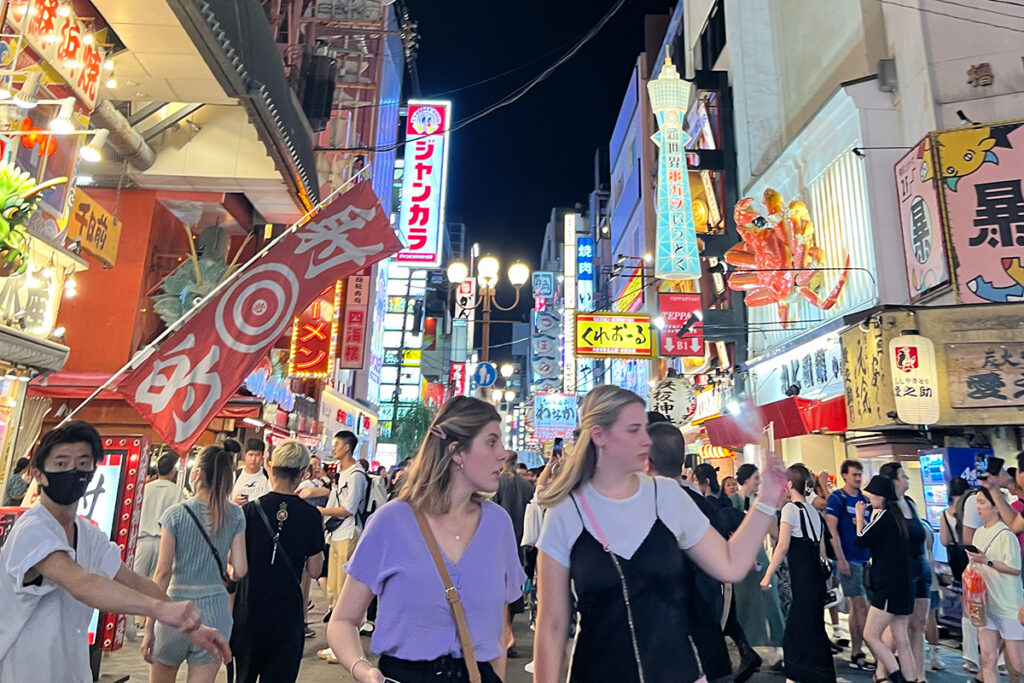
Articles
UX in Japan
On my recent trip to Japan, I was in awe by the User Experience (UX). I believe my heart-struck moments stem from how they designed each space with the Japanese mindset of “Omotenashi”. This expression roughly describes the concept of hospitality as well as mindfulness, which gained increased international awareness during the 2020 Summer Olympics. In my encounter, Omotenashi was brought to life through the design of every day public spaces in Japan, so I bring my journey to share with you.
1. Multi-purpose Braille blocks
Most roads have braille blocks, a Japanese invention called “tenji”. These yellow blocks are made to help people with visual impairment navigate in public spaces. More so, as travellers with limited understanding of the Japanese language it helped us too. We used this line to mark where we should stand when boarding at lift for our pram, offering more space to people coming out.

2. Colours for seating
Noticeably on trains, priority sections can be spotted from a distance from the contrast in colours of the handle bars. These are to inform people that there are priority seats/space for wheelchair users, senior citizens, pregnant women and people with other health care needs. On this train, lilac was for able person, while yellow was for disabled person.
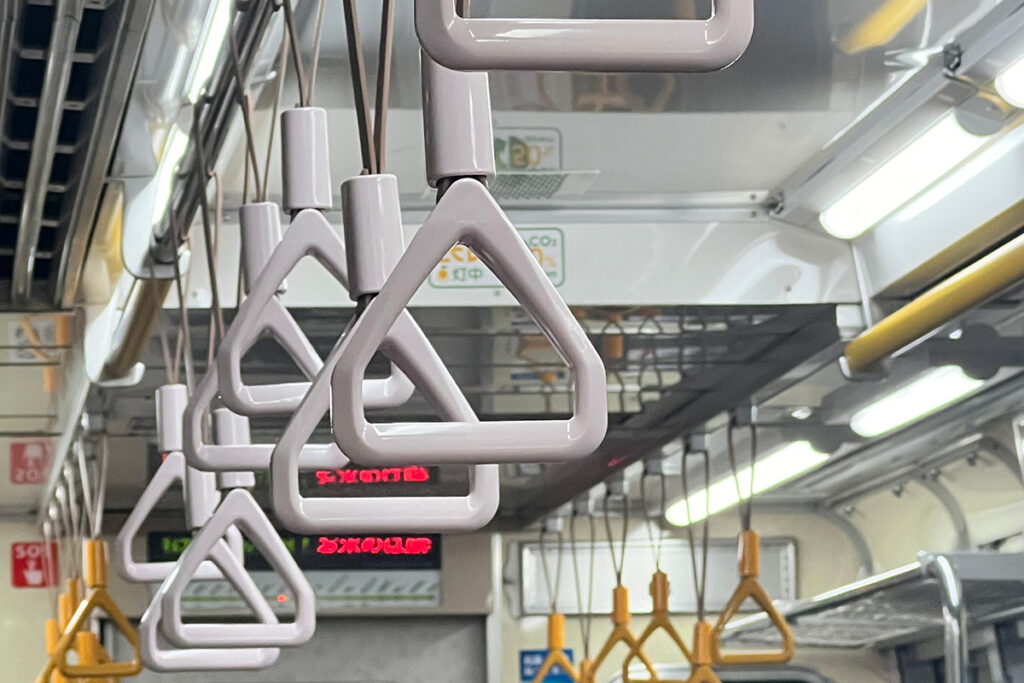
3. Changing rooms
I found more than what I needed at a baby room. Although the facilities within each differed, all recognised the difference between a baby and toddler. They have a unit for a baby and another for a toddler. What impressed me the most was how you could easily find a baby room at train stations; which saved me the fear of having to change my baby on the floor as I had to do occasionally in the past!
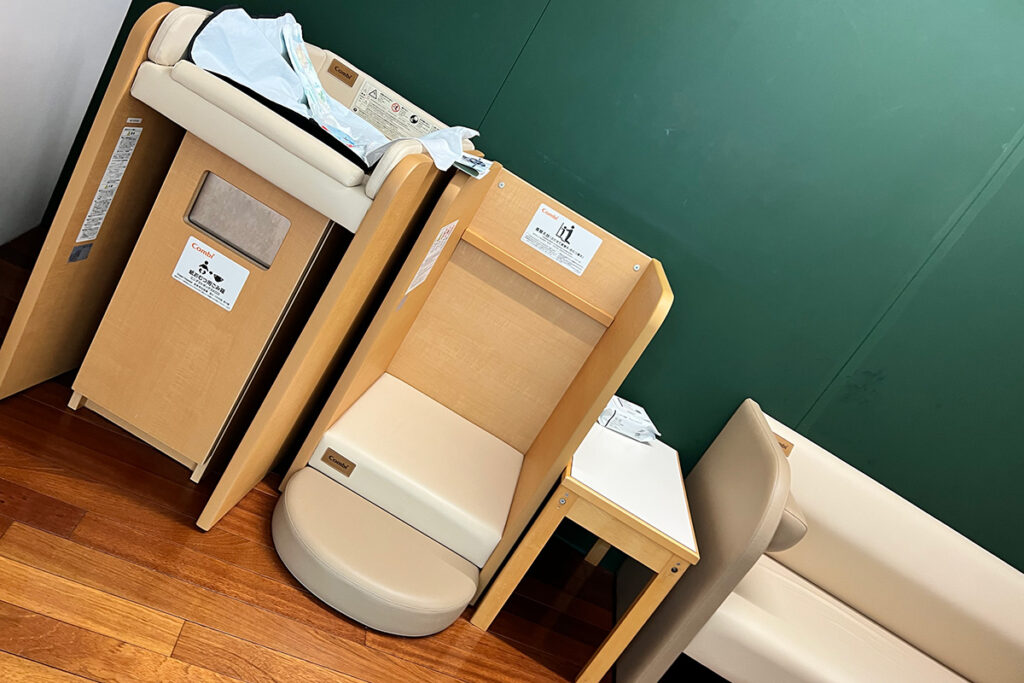
4. Train-door message
This was my favourite piece of UX in Japan, using a funny graphic illustration to show what could happen if you board a train/ lift unsafely while it is closing. More so, trains had a musical tune during the encounter between passengers who were boarding/leaving a train. This not only informs those who are visually impaired that the doors are open but others who may be momentarily distracted too.

5. Storage on bullet train
Japan’s Shinkansen bullet trains introduced the world to modern high speed rail travel. Not only do these trains have an impressive speed, travelling at 200mph, but they also have clever interior design. Inside these trains, overhead luggage spaces are slanted to allow gravity to pull down the luggage weight towards the side of the train, preventing items from falling on to passengers below.
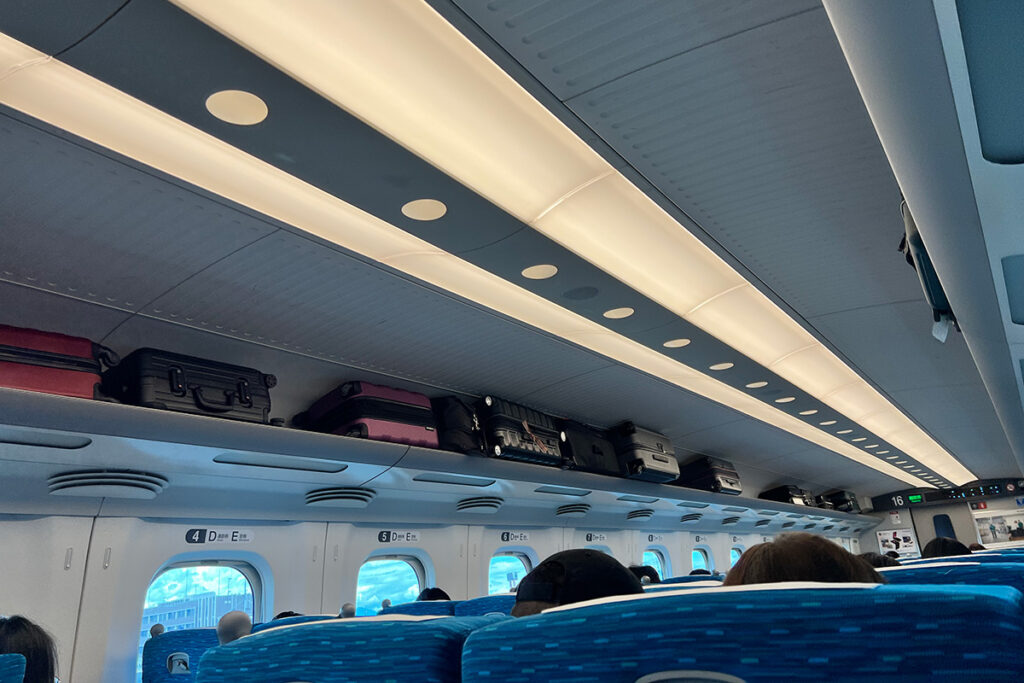
5. Fun in the toilets
I left the toilet feeling…pleasant. A Japanese toilet, also known as a smart toilet, allows the user to interact by pressing a button to either flush, spray, dry and even play sounds as you freely do your business. Usually in public toilets, I’d be very wary of my cubical neighbour but not in Japan where I could play them an encore of forest sounds!
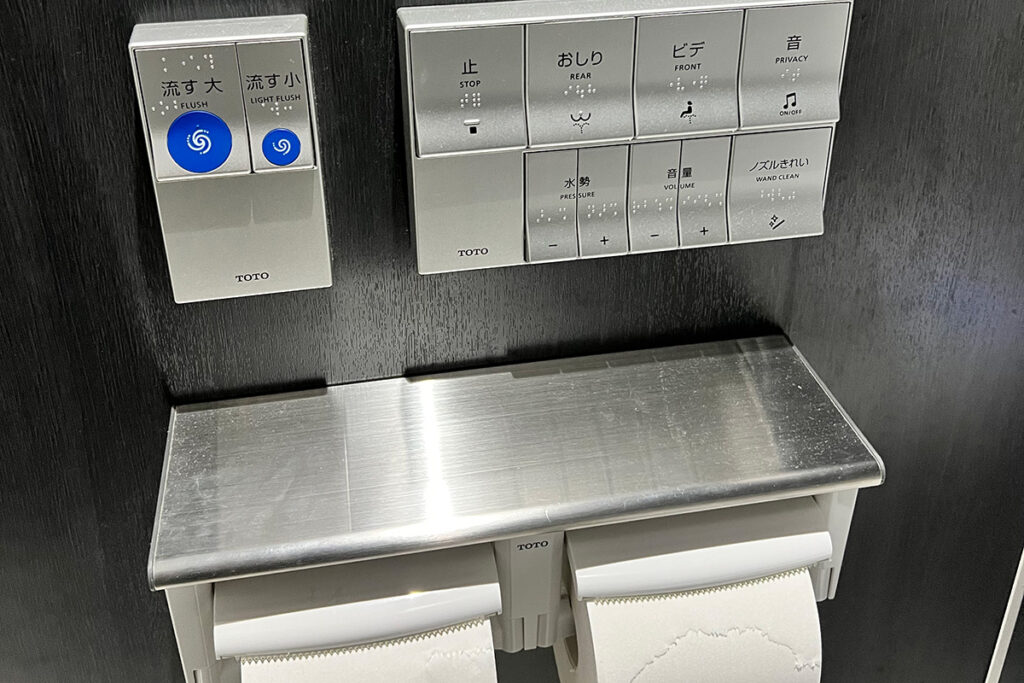
6. Water sprinklers
As we walked through Symbol Promenade Park on a sweltering hot day, reaching 33 °C I was relieved to find water sprinkles. These water sprinklers are scattered in many places to help people cool down. While the Park offers a welcoming user experience under hot weather, it is also filled with visual aesthetics. On a clear day, the garden showcases many colourful flowers, and the blue skies makes it a perfect spot for leisurely walks. If you’re a huge fan of anime, there is also something for you…a tall, life-size Unicorn Gundam Statue from the series Mobile Suit Gundam Unicorn
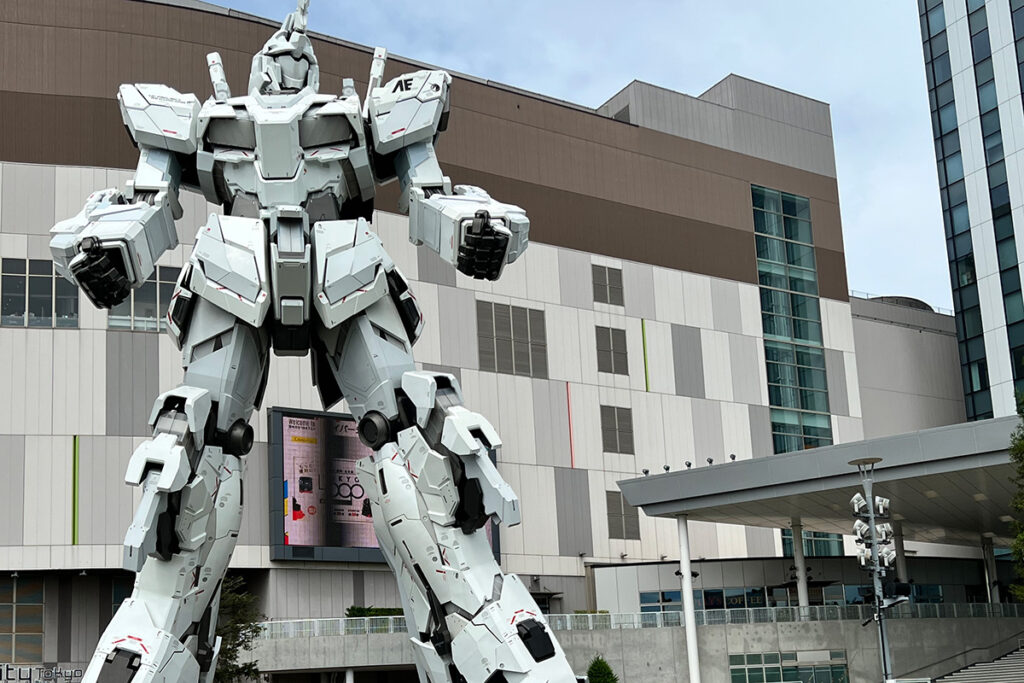
That’s my summary of brilliant UX in real time, Japan. It was great fun observing designs in public spaces and I hope you’ll find this article helpful too.
Get in touch to let me know if you’ve noticed impactful designs in your public space.
Thank you for reading!
